- 全部删除
 您的购物车当前为空
您的购物车当前为空
连接酶或合成酶 (Ligases or Synthetases,EC 6)
连接酶或合成酶 (Ligases or Synthetases, EC 6) 是可以通过形成新的化学键来催化两个分子的连接(连接)的一种酶。这通常是通过其中一个分子上的小侧链化学基团的水解,通常导致形成新的 CO、CS 或 CN 键。它在酶的 EC 编号分类中被归类为 EC 6。
WARS Protein, Human, Recombinant (His)
TMPY-03753
Expression system: Baculovirus Insect Cells
Length: 2-471, Full Length of Mature Protein
Activity: Not Tested
Length: 2-471, Full Length of Mature Protein
Activity: Not Tested
- ¥ 689
规格
数量
Ubiquitin Activating Enzyme E1/UBA1 Protein, Human, Recombinant (His & GST)
TMPY-02840
Expression system: Baculovirus Insect Cells
Length: 2-1058, Full Length of Mature Protein
Activity: Not Tested
Length: 2-1058, Full Length of Mature Protein
Activity: Not Tested
- ¥ 476
规格
数量
ACSS1 Protein, Human, Recombinant (His)
TMPH-00877
Expression system: P. pastoris (Yeast)
Length: 38-689, Full Length of Mature Protein
Activity: Not Tested
Length: 38-689, Full Length of Mature Protein
Activity: Not Tested
- ¥ 656
规格
数量
可置换缓冲液
ACSL4 Protein, Mouse, Recombinant (His)
TMPH-02764
Expression system: E. coli
Length: 100-581, Partial
Activity: Not Tested
Length: 100-581, Partial
Activity: Not Tested
- ¥ 825
规格
数量
可置换缓冲液
BirA Protein, E. coli, Recombinant (His & MBP)
TMPY-03650
Expression system: E. coli
Length: 1-321, Full Length
Activity: Not Tested
Length: 1-321, Full Length
Activity: Not Tested
- ¥ 429
规格
数量
GLUL Protein, Human, Recombinant (His)
TMPJ-00855
Expression system: E. coli
Length: 2-373, Full Length of Mature Protein
Activity: Not Tested
Length: 2-373, Full Length of Mature Protein
Activity: Not Tested
- ¥ 693
规格
数量
CTPS2 Protein, Mouse, Recombinant (His)
TMPH-04244
Expression system: E. coli
Length: 1-586, Full Length
Activity: Not Tested
Length: 1-586, Full Length
Activity: Not Tested
- ¥ 545
规格
数量
可置换缓冲液
CPS1 Protein, Human, Recombinant (His)
TMPH-01037
Expression system: E. coli
Length: 1354-1500, Partial
Activity: Not Tested
Length: 1354-1500, Partial
Activity: Not Tested
- ¥ 656
规格
数量
可置换缓冲液
Acetyl-CoA carboxylase Protein, Candida albicans, Recombinant (His)
TMPH-00330
Expression system: E. coli
Length: 217-775, Partial
Activity: Not Tested
Length: 217-775, Partial
Activity: Not Tested
- ¥ 825
规格
数量
可置换缓冲液
Ddl Protein, S. aureus, Recombinant (His & Myc)
TMPH-03533
Expression system: E. coli
Length: 1-356, Full Length
Activity: Not Tested
Length: 1-356, Full Length
Activity: Not Tested
- ¥ 825
规格
数量
可置换缓冲液
PFAS Protein, Human, Recombinant (His & Myc & SUMO)
TMPH-01862
Expression system: E. coli
Length: 1064-1302, Partial
Activity: Not Tested
Length: 1064-1302, Partial
Activity: Not Tested
- ¥ 656
规格
数量
可置换缓冲液
SMAD1 Protein, Human, Recombinant (GST)
TMPJ-01129
Expression system: E. coli
Length: 1-465, Full Length
Activity: Not Tested
Length: 1-465, Full Length
Activity: Not Tested
- ¥ 693
规格
数量
UBA6 Protein, Human, Recombinant (GST)
TMPY-06748
Expression system: Baculovirus Insect Cells
Length: 1-1052, Full Length
Activity: Not Tested
Length: 1-1052, Full Length
Activity: Not Tested
- ¥ 683
规格
数量
DIP2A Protein, Human, Recombinant (hFc)
TMPH-01230
Expression system: HEK293 Cells
Length: 9-127, Partial
Activity: Not Tested
Length: 9-127, Partial
Activity: Not Tested
- ¥ 1380
规格
数量
可置换缓冲液
ACSS1 Protein, Human, Recombinant (E. coli, His)
TMPH-00876
Expression system: E. coli
Length: 38-689, Full Length of Mature Protein
Activity: Not Tested
Length: 38-689, Full Length of Mature Protein
Activity: Not Tested
- ¥ 555
规格
数量
可置换缓冲液
GLUL Protein, Cricetulus griseus, Recombinant (His)
TMPH-00438
Expression system: E. coli
Length: 2-373, Full Length of Mature Protein
Activity: Not Tested
Length: 2-373, Full Length of Mature Protein
Activity: Not Tested
- ¥ 825
规格
数量
可置换缓冲液
YARS1 Protein, Human, Recombinant (GST)
TMPH-02279
Expression system: E. coli
Length: 2-528, Full Length of Mature Protein
Activity: Not Tested
Length: 2-528, Full Length of Mature Protein
Activity: Not Tested
- ¥ 489
规格
数量
可置换缓冲液
CPS1 Protein, Mouse, Recombinant (His)
TMPH-02560
Expression system: E. coli
Length: 551-743, Partial
Activity: Not Tested
Length: 551-743, Partial
Activity: Not Tested
- ¥ 825
规格
数量
可置换缓冲液
ACC1 Protein, S. cerevisiae, Recombinant (aa 217-775, His)
TMPH-03431
Expression system: E. coli
Length: 217-775, Partial
Activity: Not Tested
Length: 217-775, Partial
Activity: Not Tested
- ¥ 825
规格
数量
可置换缓冲液
DCL Protein, Bacillus subtilis, Recombinant (His)
TMPH-03740
Expression system: E. coli
Length: 1-503, Full Length
Activity: Not Tested
Length: 1-503, Full Length
Activity: Not Tested
- ¥ 825
规格
数量
可置换缓冲液
ACACA Protein, Human, Recombinant (His)
TMPH-03784
Expression system: E. coli
Length: 78-617, Partial
Activity: Not Tested
Length: 78-617, Partial
Activity: Not Tested
- ¥ 656
规格
数量
可置换缓冲液
CTPS1 Protein, Mouse, Recombinant (His)
TMPH-04243
Expression system: E. coli
Length: 1-591, Full Length
Activity: Not Tested
Length: 1-591, Full Length
Activity: Not Tested
- ¥ 825
规格
数量
可置换缓冲液
GSH-S Protein, Human, Recombinant (His)
TMPJ-00979
Expression system: E. coli
Length: 2-474, Full Length of Mature Protein
Activity: Not Tested
Length: 2-474, Full Length of Mature Protein
Activity: Not Tested
- ¥ 693
规格
数量
GARS Protein, Human, Recombinant (His)
TMPY-05324
Expression system: Baculovirus Insect Cells
Length: 1-739, Full Length
Activity: Not Tested
Length: 1-739, Full Length
Activity: Not Tested
- ¥ 555
规格
数量
转到第1页
/ 2 页







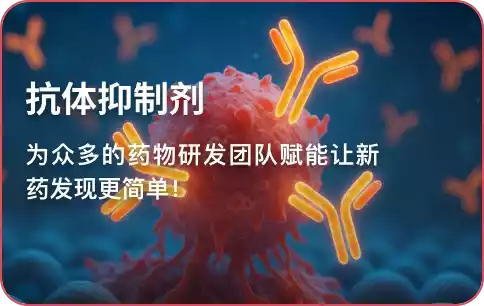


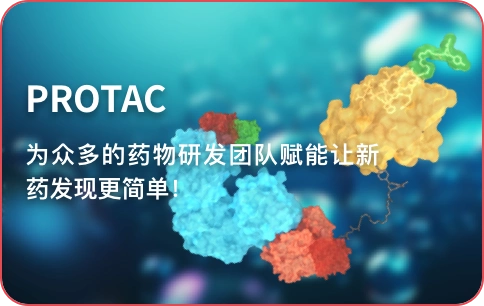
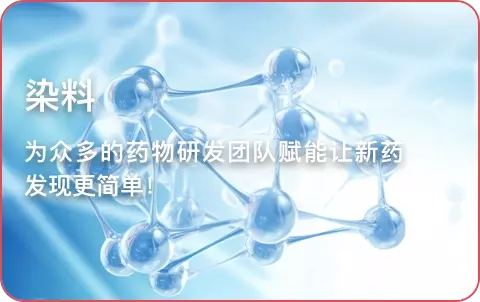




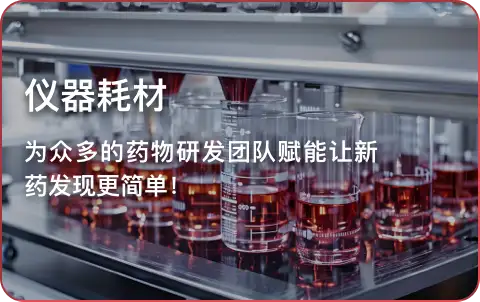

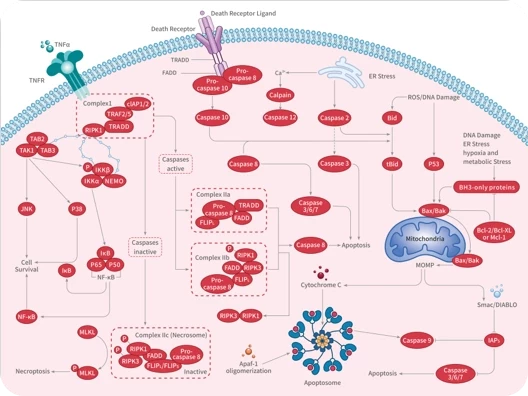


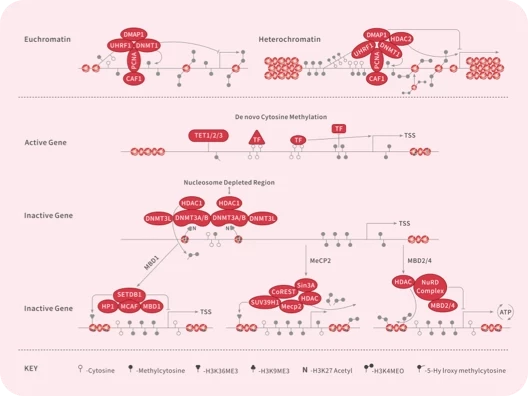
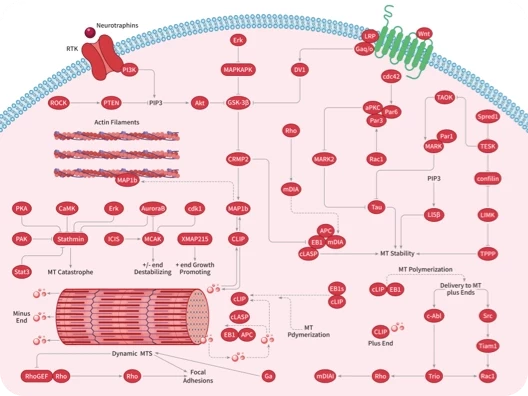
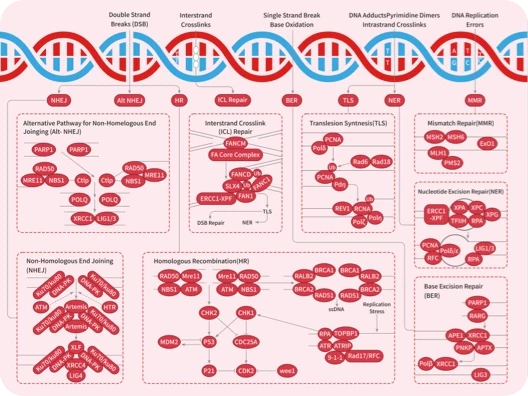
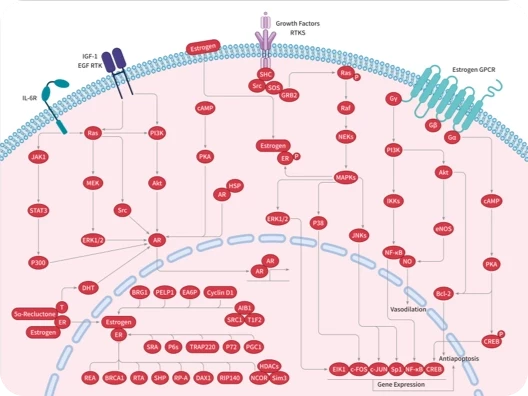

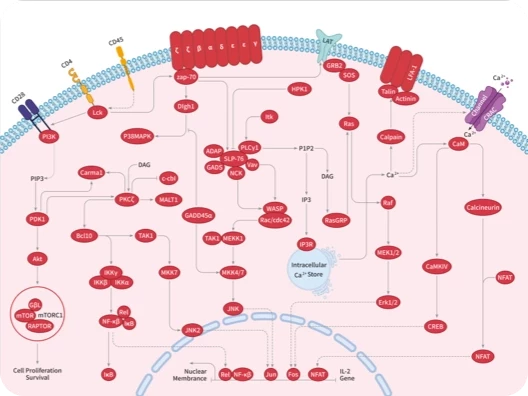
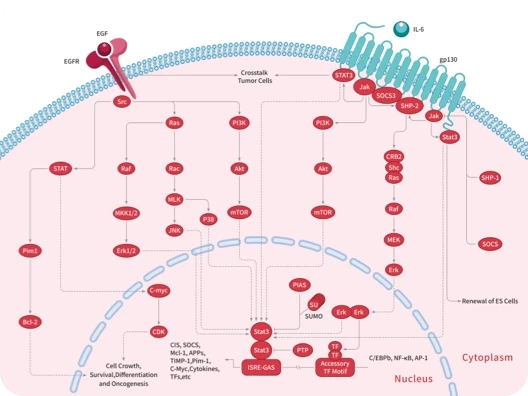
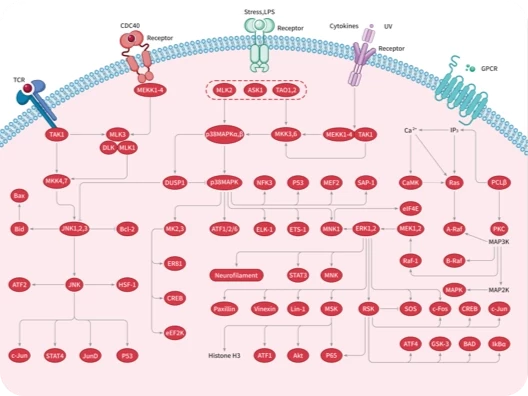
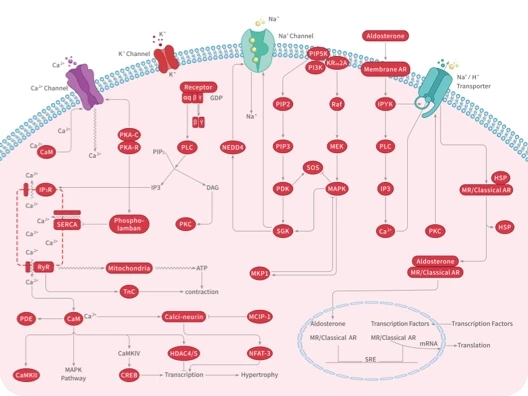

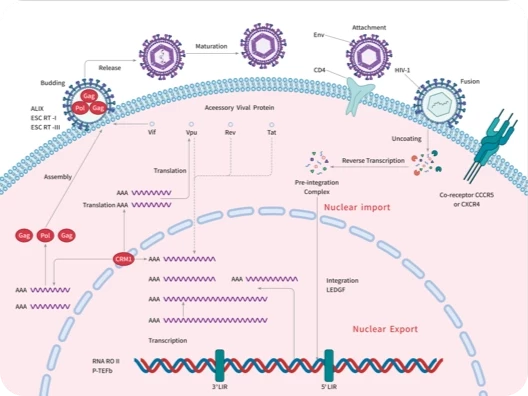

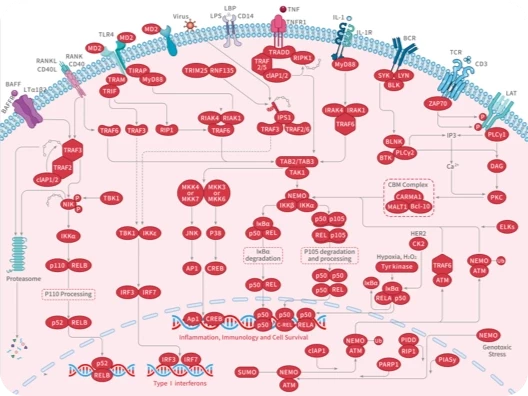


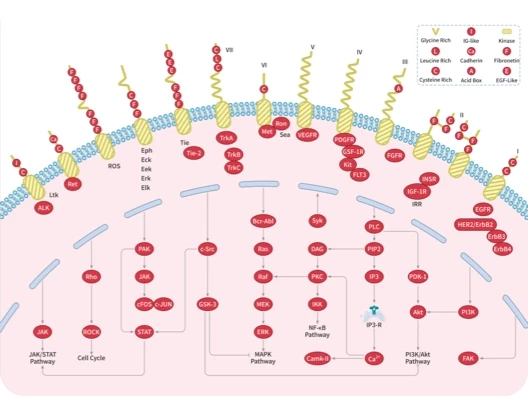
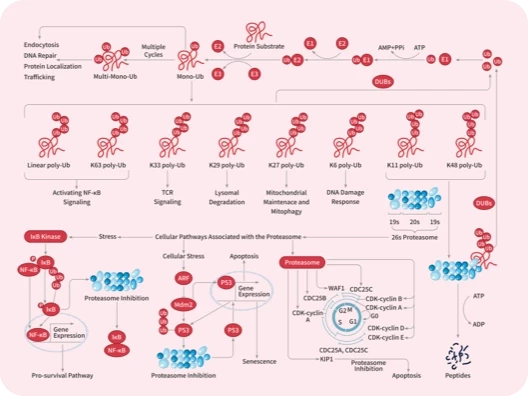

 |
|